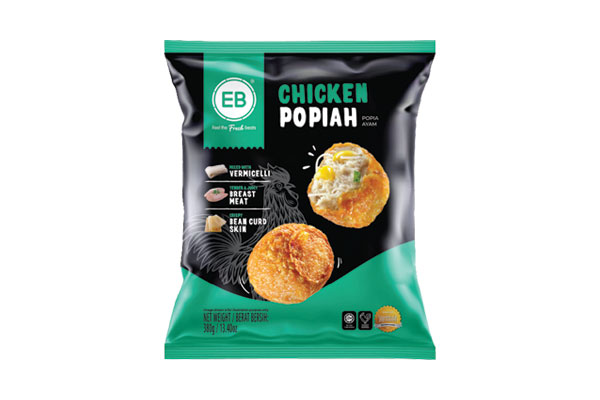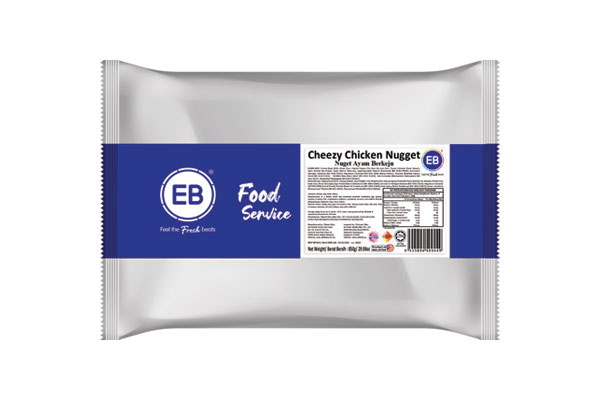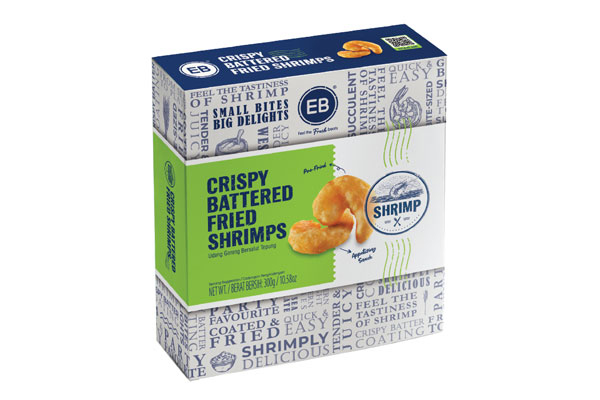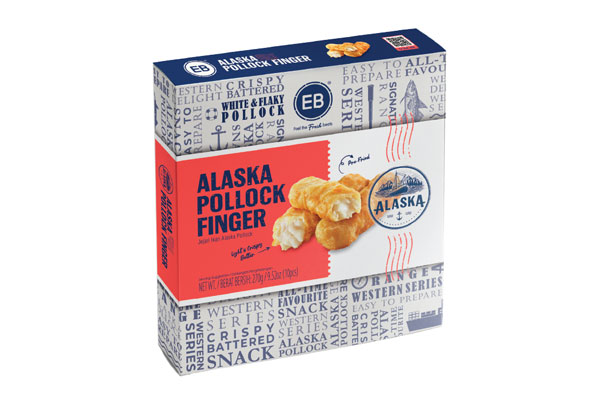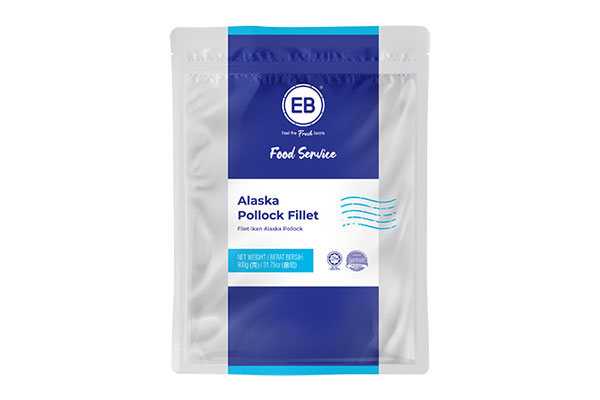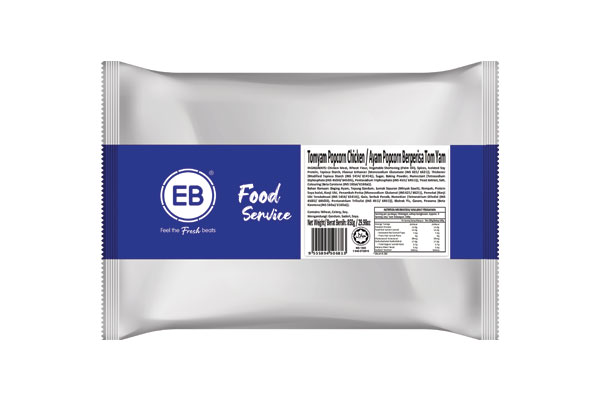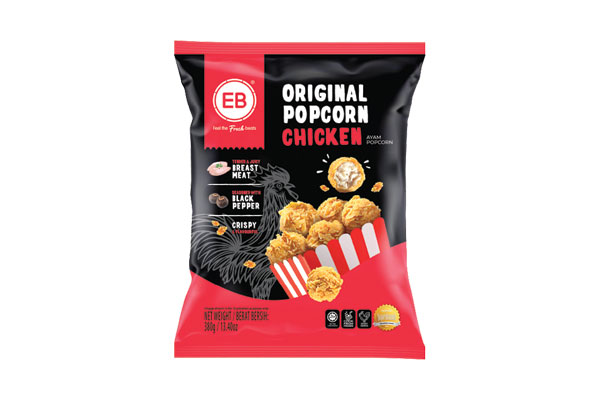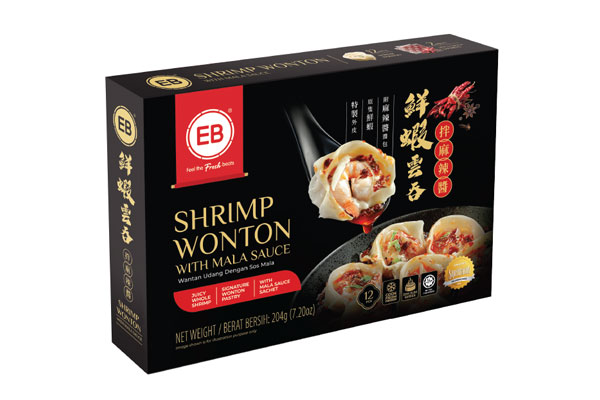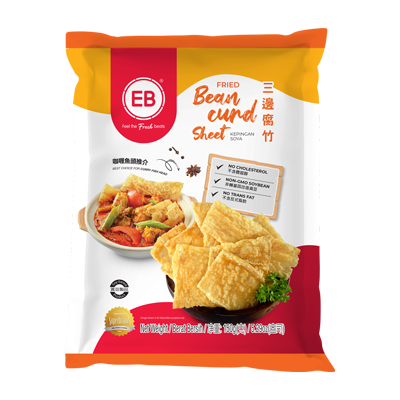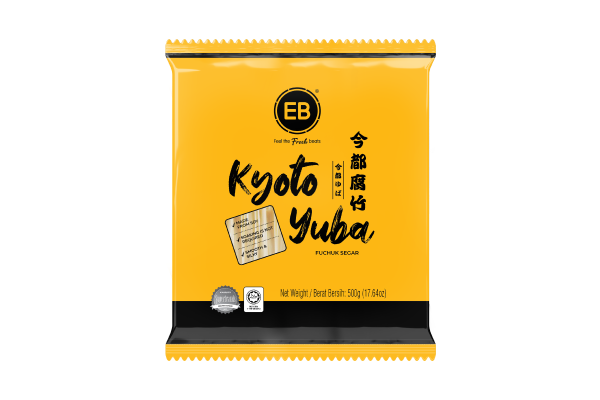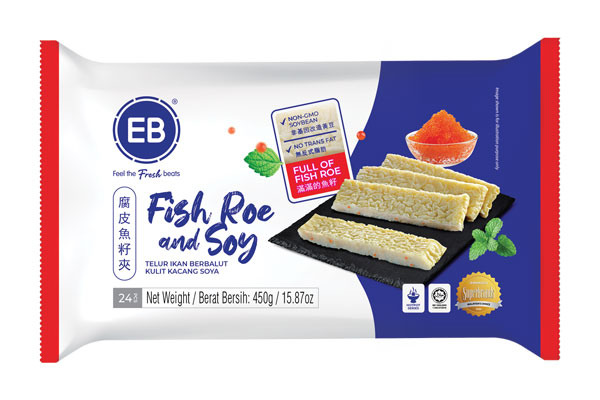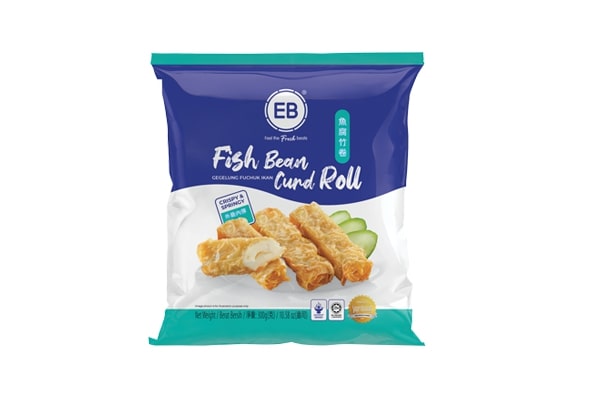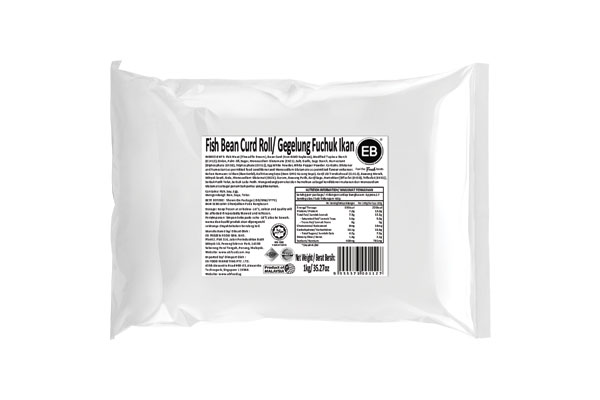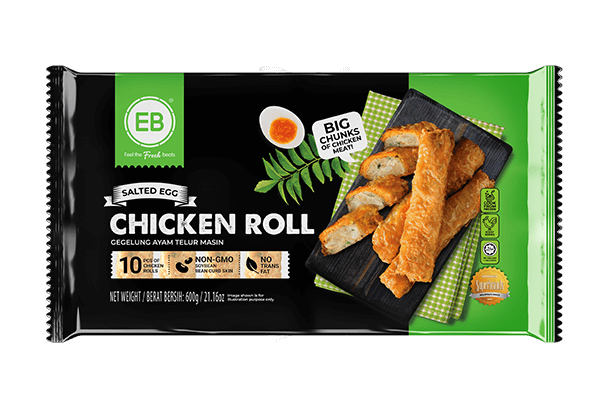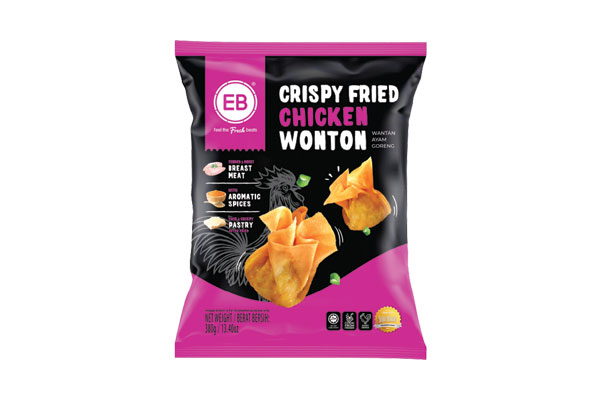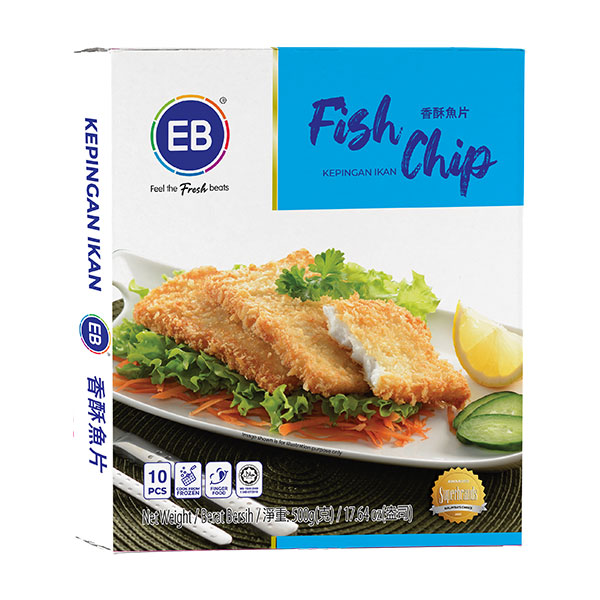

When people gather to eat together, few food traditions are as beloved and enjoyable as hotpot and steamboat.
Both are beloved for their interactive nature, where diners gather around a simmering pot of broth to cook a variety of ingredients.
However, while the terms “hotpot” and “steamboat” are often used interchangeably, there are subtle yet significant differences between the two.
Let’s explore the variation of these two culinary indulgence delights to understand their differences and appreciate their unique characteristics.
Hotpot and steamboat are both traditional Asian cooking methods where a pot of simmering broth is placed at the center of the dining table, allowing diners to cook a variety of ingredients according to their preferences.
Of course, both involve communal dining and the enjoyment of freshly cooked food. However, people often use these terms interchangeably leading to confusion about their differences
Despite their differences, hotpot and steamboat share several similarities:
Both hotpot and steamboat boost a sense of communal dining, where friends and family gather around the table to cook and share food.
In both hotpot and steamboat, diners cook their own food directly at the table, customizing their meals to suit their tastes.
Both cuisines offer a wide array of ingredients, including hotpot frozen food, meats, seafood, vegetables, and noodles, allowing diners to create diverse and personalized dishes.
While hotpot and steamboat share many similarities, there are key differences that distinguish one from the other. These differences lie in their cooking styles, variety of broth flavors, cultural significance, and dining experiences.
Hotpot typically involves a simmering pot of flavored broth, often divided into two sections to accommodate different spice levels – spicy and non-spicy.
Diners select their preferred ingredients, such as seafood, vegetables, meats, noodles, and a great variety of hotpot frozen food, such as Ring Roll, Flower Cheese Tofu, Fish Sandwich, Seaweed Yuba, and more, and cook them by submerging them in the broth using a communal ladle or basket.
The cooking process is relatively quick, with ingredients typically cooked within a few minutes.
On the other hand, steamboat features a pot of plain or lightly flavored broth, with the emphasis placed on the natural flavors of the ingredients.
Diners cook their chosen ingredients, such as seafood, meats, vegetables, and a wide variety of hotpot frozen food, such as prawn paste balls, Fish Roe Lucky Bag, and more, by submerging them in the broth or placing them on a perforated tray above the broth to steam.
Steamboat cooking tends to be gentler and slower compared to hotpot, allowing ingredients to retain their natural flavors and textures.
In hotpot, the broth flavors are diverse and often include a combination of spicy, savory, and aromatic ingredients. Popular hotpot broths include spicy Sichuan, herbal, tomato, and mushroom, among others.
These broths are known for their bold and intense flavors, adding depth and complexity to the dining experience.
In contrast, steamboat broths are typically simpler and lighter in flavor, with an emphasis on enhancing the natural taste of the ingredients.
Common steamboat broths include clear chicken or vegetable broth, seafood broth, and simple soy-based broths. These broths serve as a delicate backdrop, allowing the freshness of the ingredients to shine through.
Both hotpot and steamboat hold significant cultural importance in their respective regions. Hotpot is deeply rooted in Chinese culinary traditions and is celebrated as a social activity that brings people together.
It is often enjoyed during festive occasions, family gatherings, and celebrations, boosting bonds and togetherness among diners.
Steamboat, on the other hand, has its origins in various Asian countries, including China, Malaysia, Singapore, and Thailand. It is cherished for its simplicity and emphasis on fresh, wholesome ingredients.
Steamboat gatherings are characterized by leisurely-paced dining experiences, where diners engage in laidback conversations while enjoying the communal meal.
The flavor profiles of hotpot and steamboat dishes are influenced by the choice of broth and ingredients. Hotpot tends to feature bold and spicy flavors, with an emphasis on numbing Sichuan peppercorns, chili peppers, and aromatic spices.
Traditionally, common hotpot ingredients include thinly sliced meats, leafy greens, tofu, mushrooms, and seafood, all of which absorb the rich flavors of the broth.
Steamboat, on the other hand, favors lighter and fresher flavors, with an emphasis on the natural taste of the ingredients. Traditionally, common steamboat ingredients include fresh seafood such as prawns, fish, and squid, as well as a variety of vegetables, tofu, and noodles.
The simplicity of the broth allows the ingredients to shine, resulting in a clean and wholesome dining experience.
However, today, it is known that both hotpots and steamboats share mostly the same ingredients, such as fish, seafood, vegetables, eggs, noodles, meats, and a variety of frozen food, such as Ring Roll, Fish Roe Lucky Bag, Prawn Paste Ball, Cheese Tofu, and many more.
| Feature | Hotpot | Steamboat |
|---|---|---|
| Origin | China (over 1,000 years ago) | Southeast Asia (adapted from Chinese hotpot) |
| Common Regions | China, Taiwan, Hong Kong, Japan, Korea | Malaysia, Singapore, Indonesia |
| Flavour Profile | Can be mild to intensely spicy (e.g., Sichuan mala) | Usually lighter broths like chicken, herbal, or tom yum |
| Cooking Equipment | Divided pot for multiple broth flavours | Single-pot setup, often on portable gas or induction cooker |
| Popular Ingredients | Thin-sliced meats, mala broth, seafood, mushrooms | Fish balls, prawns, vegetables, tofu, noodles |
| Dining Experience | More variety of broth types & dipping sauces | Focus on fresh ingredients and light, savoury broth |
When it comes to ingredients, EB Food has everything you need to make your dining experience delicious and convenient:
For hotpot, try a spicy mala broth alongside a herbal soup for balance. For steamboat, opt for clear chicken soup or tom yum for a Southeast Asian twist.
Start with proteins like meat and seafood, then add vegetables and noodles later to avoid overcooking.
Common choices include garlic soy sauce, sesame paste, chilli sauce, and homemade sambal.
Frozen, ready-to-cook products mean less prep time and more time enjoying the meal.
Whether you call it hotpot or steamboat, the appeal lies in:
It’s more than just a meal — it’s a celebration of togetherness.
Yes. Hotpot originated in China and often includes spicier broth options like mala, while steamboat is the Southeast Asian adaptation with lighter, savoury broths.
Absolutely! Our frozen seafood, meat, and snack options work perfectly in both cooking styles.
Clear chicken broth or herbal soup is easy, versatile, and suits most palates.
Around 6–8 varieties (mix of proteins, vegetables, and carbs) is ideal for variety without waste.
While hotpot and steamboat share many similarities, they also possess unique characteristics that set them apart.
It doesn’t matter if you prefer the bold and spicy flavors of hotpot or the subtle and delicate taste of steamboat, both cuisines offer a unique and enjoyable dining experience that celebrates the joy of communal eating.
So whether you’re craving a fiery feast or a light and refreshing meal, there’s something for everyone to savor in the hotpot and steamboat.
